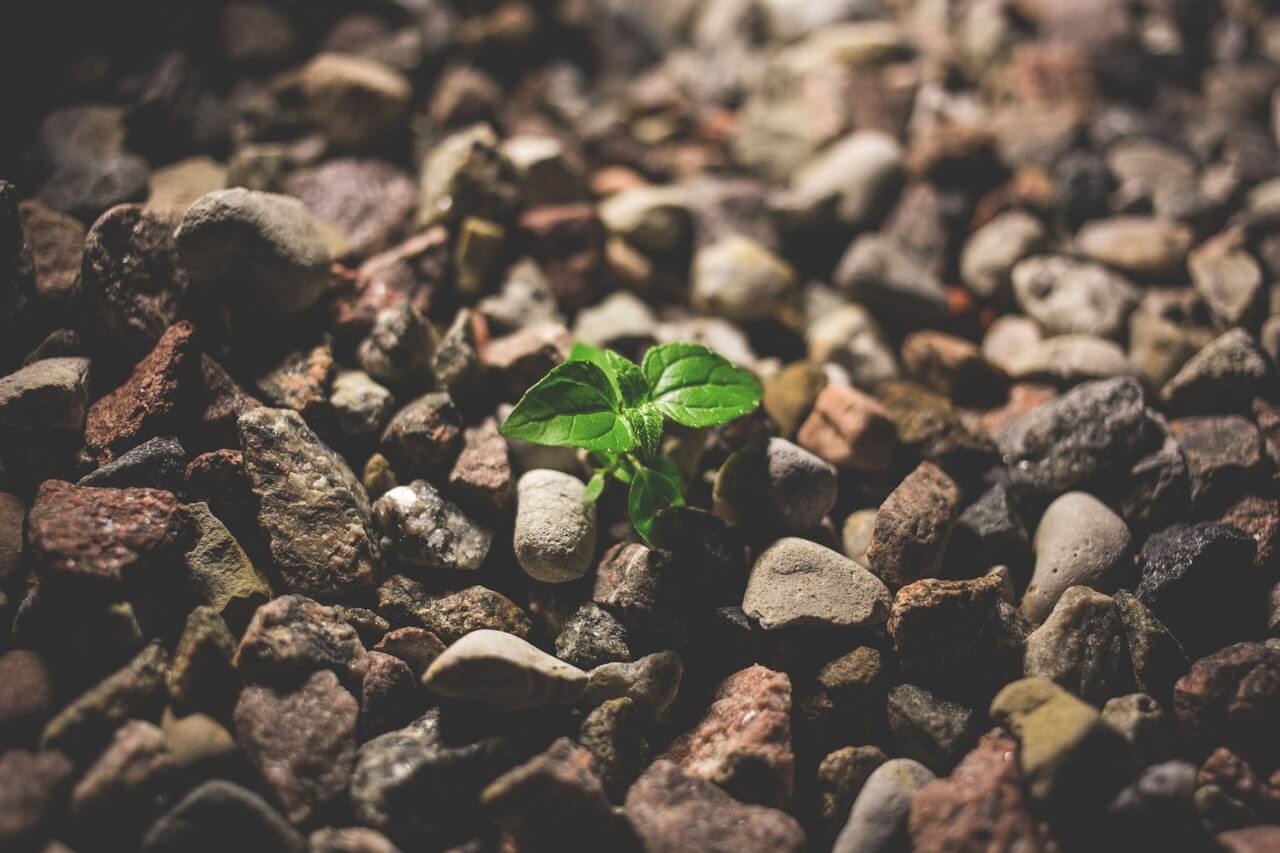 3D printing, also referred to as additive manufacturing, has captured the imagination of consumers, product designers and manufacturers alike over the last decade. We have witnessed the technology go through a hype cycle and come out the other side a more mature and grounded technology. No longer are people predicting a 3D printer in every home; however, product development engineers and the manufacturing industry have seen widespread use of the technology grow as material selection has increased and test use-cases in the aerospace and automotive industries have proved wildly successful.
3D printing, also referred to as additive manufacturing, has captured the imagination of consumers, product designers and manufacturers alike over the last decade. We have witnessed the technology go through a hype cycle and come out the other side a more mature and grounded technology. No longer are people predicting a 3D printer in every home; however, product development engineers and the manufacturing industry have seen widespread use of the technology grow as material selection has increased and test use-cases in the aerospace and automotive industries have proved wildly successful.
During the major 3D printing hype cycle of the mid 2010’s, 3D printing technology was being touted as a green technology that was on the cusp of revolutionizing the way we build products and conduct business. At the time there were green components to the technology, but as a whole, it could not necessarily be considered environmentally friendly. Fast forward a decade, and we now see the technology heading towards a more sustainable future through advancements.
3D Printing Plant-Based Plastics
Plastic pollution is a global problem. Microplastics can be found in nearly everything—from the food we eat to the deepest depths of the ocean. Plastic, specifically ABS (Acrylonitrile Butadiene Styrene), is a top material used in 3D printing; however, there has been a push to develop more environmentally friendly materials, such as PLA ((Polylactic Acid). “PLA is manufactured out of plant-based resources such as corn starch or sugar cane, making PLA much better for the environment because they are made from renewable resources.” (Fabbaloo)
“PLA plastics are more environmentally friendly. Unlike other thermoplastics that are petroleum-based, they are made from renewable resources such as corn starch, tapioca roots, or sugar cane. PLA is also much easier to print with compared to ABS; printing can be completed at higher speeds without a heat controlled surface or harmful emissions. Not only do they tend to have a smoother and more appealing appearance, but they can also be used for food packaging being that they are made from food-based materials. However, there are some major limitations to using PLA plastics. Primarily, they are less sturdy then ABS plastics and can become deformed from heat, making them unsuitable for high stress applications.” (Fabbaloo)
While the materials used in 3D printing aren’t 100% sustainable yet, there is an alternative that many people have turned to, filament recyclers. Whether you purchase a filament recycler or use a service, you are reducing waste and recycling materials that should not be in a landfill.
Decentralized Manufacturing
The concept of 3D printing is to produce a part on demand thus reducing shipping and warehouse costs. The aerospace industry has been successful in producing highly customized parts locally that can be used in airplanes. These customized parts often have highly specialized and complex designs that can reduce weight, thus lowering fuel consumption and greenhouse gases.
Many researchers think the capability to make such complicated parts, and resulting gains in energy efficiency, may offer the greatest environmental benefits from additive manufacturing. (Fast Company)
Manufacturing Material Waste
Traditional manufacturing methods take a piece of material and cutaway at it until the final product is formed—there is a great deal of waste that comes with subtractive manufacturing. On the other hand, additive manufacturing produces a product layer-by-layer until the final product is complete, leaving substantially less waste. Yes, large designs will require supports that will need to be cleared away in post-processing, but on average less waste is produced.
As the additive manufacturing industry continues to grow and mature, we suspect that new ways to reduce material waste will be of concern.
As consumers and businesses start focusing more on sustainability, we know that 3D printing materials and waste reducing methods will take center stage. While the technology is not currently a “green technology” with research and advancements it can certainly become more environmentally friendly.
______
3D Innovations is a Product Development Company – from the 3D Design to a fully functional 3D Prototype & Product.
Subscribe to the 3D Innovations newsletter on our Facebook page!

